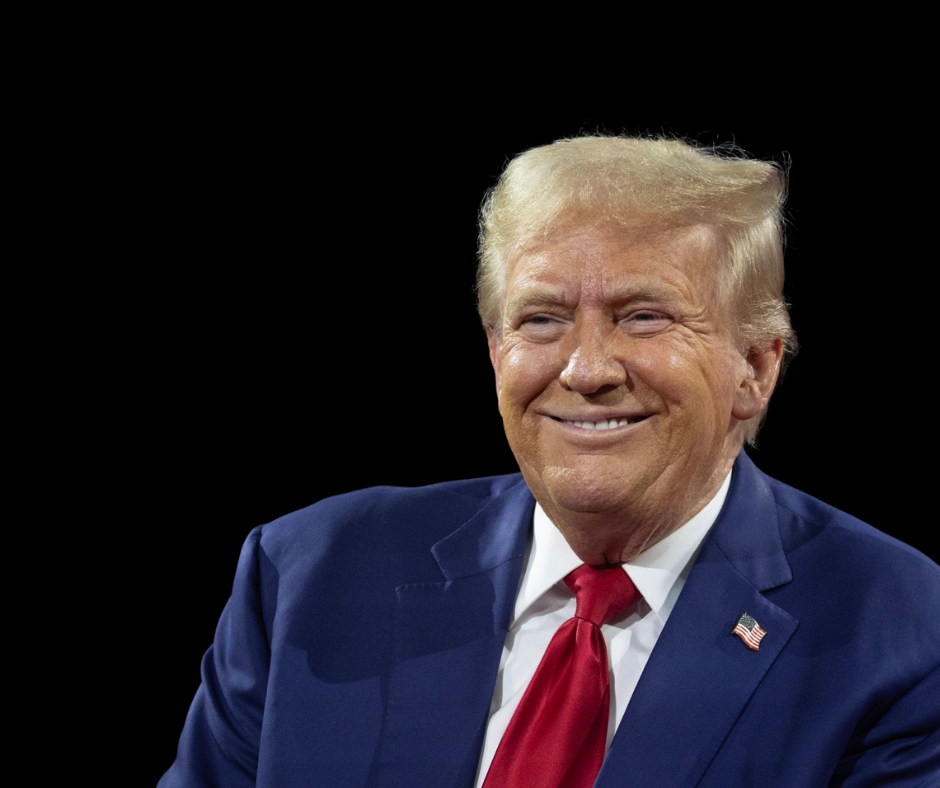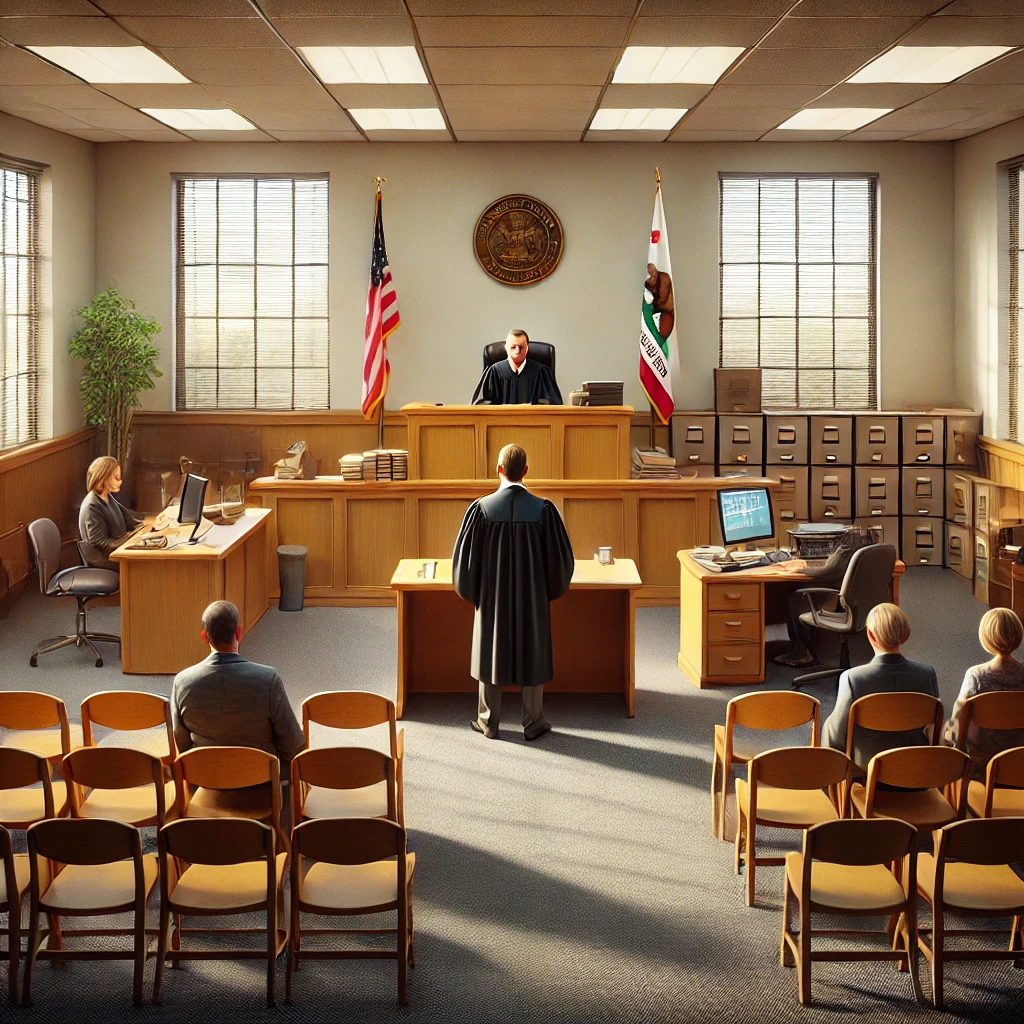Presidential Term Limits: Legal and Constitutional Analysis

Constitutional Basis
The 22nd Amendment to the U.S. Constitution explicitly states: “No person shall be elected to the office of the President more than twice.” This amendment, ratified in 1951, creates an absolute legal barrier to any president serving more than two terms.
Historical Context
The two-term tradition began with George Washington, who deliberately stepped down after two terms to prevent the establishment of a de facto monarchy. This precedent held until Franklin D. Roosevelt, who served four terms during the Great Depression and World War II. FDR’s extended presidency ultimately led to the formal adoption of term limits through the 22nd Amendment.
Legal Framework

Constitutional Requirements
- The 22nd Amendment can only be changed through another constitutional amendment
- This would require:
- Two-thirds approval from both houses of Congress
- Ratification by 38 states
- No executive order or federal law can override this constitutional requirement
Common Legal Questions
The Vice Presidential Scenario Some have suggested a former two-term president could serve as vice president and then assume the presidency. However, the 12th Amendment prevents this by requiring vice presidential candidates to be eligible for the presidency.
Emergency Powers Even during national emergencies, the Constitution provides no mechanism for extending presidential terms beyond the two-term limit.
The Founders’ Constitutional Vision
The Founding Fathers deliberately designed a system to prevent concentrated power in the executive branch:
- James Madison warned against the dangers of executive overreach and potential monarchy
- Thomas Jefferson advocated for regular rotation in office as essential to republican government
- Alexander Hamilton, though favoring a strong executive, emphasized the importance of regular elections
- George Washington’s farewell address cautioned against the consolidation of power
Modern Constitutional Implications
Democratic Safeguards
Term limits serve several crucial functions in modern democracy:
- Prevent the consolidation of executive power
- Ensure regular peaceful transfers of power
- Maintain the vitality of the democratic process through new leadership
- Protect against the development of entrenched political dynasties
Historical Attempts at Change
Despite more than 20 attempts to repeal or modify the 22nd Amendment, none have gained significant traction. This reflects a broad consensus on the importance of presidential term limits in American democracy.
International Context
The American system of term limits stands in contrast to some other nations where leaders have successfully extended their terms, often with negative consequences for democratic institutions. These cases reinforce the wisdom of maintaining strict term limits.
Conclusion
Whether a president can serve three terms has a clear legal answer: No. This restriction is fundamental to American democracy, enshrined in the Constitution, and supported by centuries of political thought and practice. While constitutional amendments are technically possible, the legal, political, and institutional barriers to changing the two-term limit are virtually insurmountable.
The two-term limit represents more than just a legal restriction—it embodies core principles of American democracy: the peaceful transfer of power, the prevention of autocracy, and the importance of fresh leadership in government. These principles remain as relevant today as they were when they were first established.













